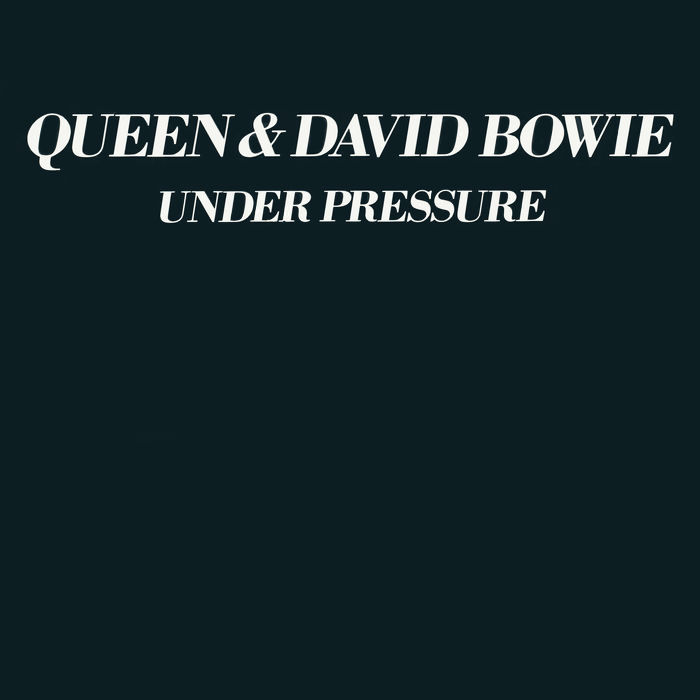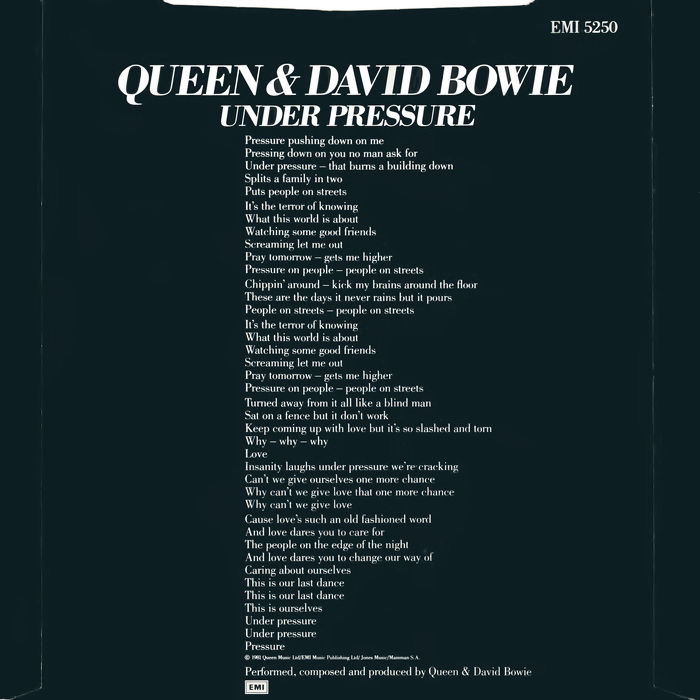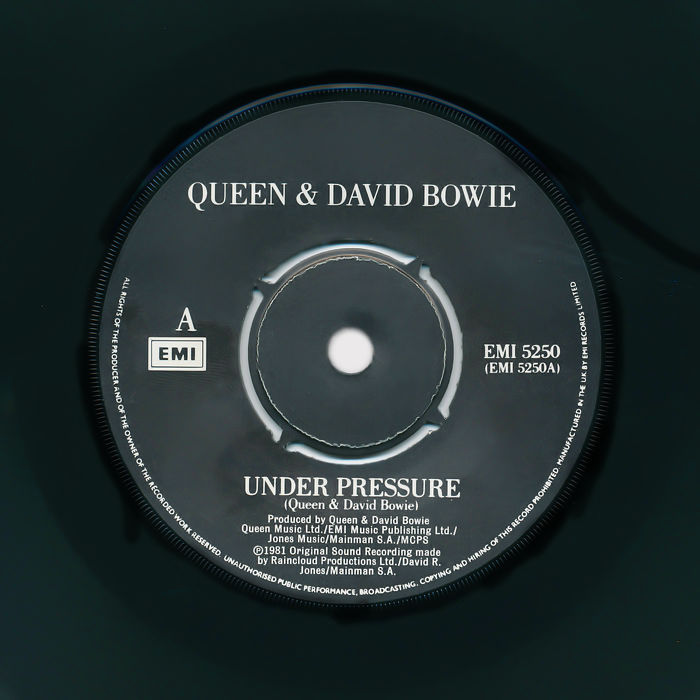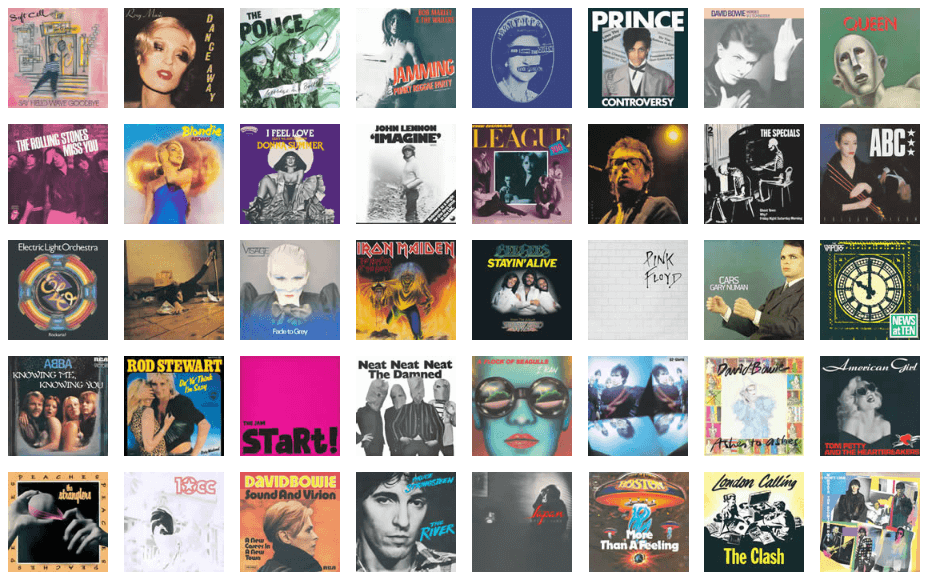The Story Behind The Song
It opens with a swish of a hi-hat followed by that immortal bass line, ranked the best-ever by Stylus magazine: six repeated root notes then down to the fifth. Instantly recognisable, once you've heard it, you'll always remember it. Well, perhaps not if you had composed it. To explain, we need to tell the story of how Under Pressure was created.
The place is a recording studio in Montreux, a town nestling on the eastern shore of Lake Geneva in Switzerland. The time is the summer of 1981. David Bowie, who has a home nearby, comes to the studio to put down his vocal on Cat People (Putting Out Fire), a Georgio Moroder tune for the erotic horror movie Cat People, staring Nastassja Kinski. In the same studios, Queen are recording their 10th album, the dance-oriented Hot Space. Bowie popped by and they agree he should sing the backing vocals to the Queen track, coincidentally titled Cool Cat. However, they soon start covering other songs, which turns a jamming session. Bowie suggests they spontaneously write something.
Under Pressure was born out of this collaboration, including that killer bass from John Deacon. According to guitarist Brian May, it was the John's riff that everyone was excited about. After a three-hour break, during which one suspects a fair amount of alcohol was consumed, Bowie asks, "What was that riff, you had, Deacy?"
"It was like this," Deacon replies, playing it.
At this point recollections differ. According to one version, Bowie disagrees: "No it wasn't, it was like this," and shows him. Another version suggests that drummer Roger Taylor reminds his colleague. Either way, it appears Deacon had temporarily forgotten the best bass line in pop history!
Not surprisingly with two superstars in Mercury and Bowie, there were creative differences. "Freddie and David locked horns, without a doubt," Queen guitarist Brian May later told Mojo magazine. "But that's when the sparks fly and that's why it turned out so great." The five musicians felt their way through the backing track as an ensemble but Bowie wanted to sing the vocals individually - literally invent the melody by singing spontaneously over the backing track. Under Pressure was compiled from this approach and some of the improvisations, including Mercury's memorable introductory vocal, remained on the finished track.
It appears Bowie wanted to impose his creative will on the project, including the mixing of the track. As he wrote the lyrics, he also insisted that the song was called Under Pressure rather than the original working title, People On Streets; surely the correct decision. The lyrics, which talk of "Pressure that burns a building down Splits a family in two Puts people on streets", seem to reflect the social and racial tensions that exploded in several British cities that summer.
Under Pressure became Queen's only UK No. 1 of the 1980s, and it was only the second time that two previously chart-topping acts had collaborated on a new No. 1 (the first was Frank and Nancy Sinatra with Somethin' Stupid in 1967). It made VH1's Top 50 Best Songs of the 1980s and NME's Top 500 Songs of All Time - incidentally, it is the only Queen track that made either list. It was also played live at every Queen concert from 1981 until the end of the group's touring career in 1986, when they played at Knebworth House on 9 August 1986. Curiously, Bowie only sang it live after Mercury's death.
We hereby instate Under Pressure by Queen & David Bowie on The Wall as No.3 Best Single of 1981
One of the most memorable songs from the 1980s. Yet, in some ways the record was rushed: no video showing Queen and Bowie performing the song, a plain black sleeve and mutterings that the song was not mixed correctly. But the result is still genius.Ant B




